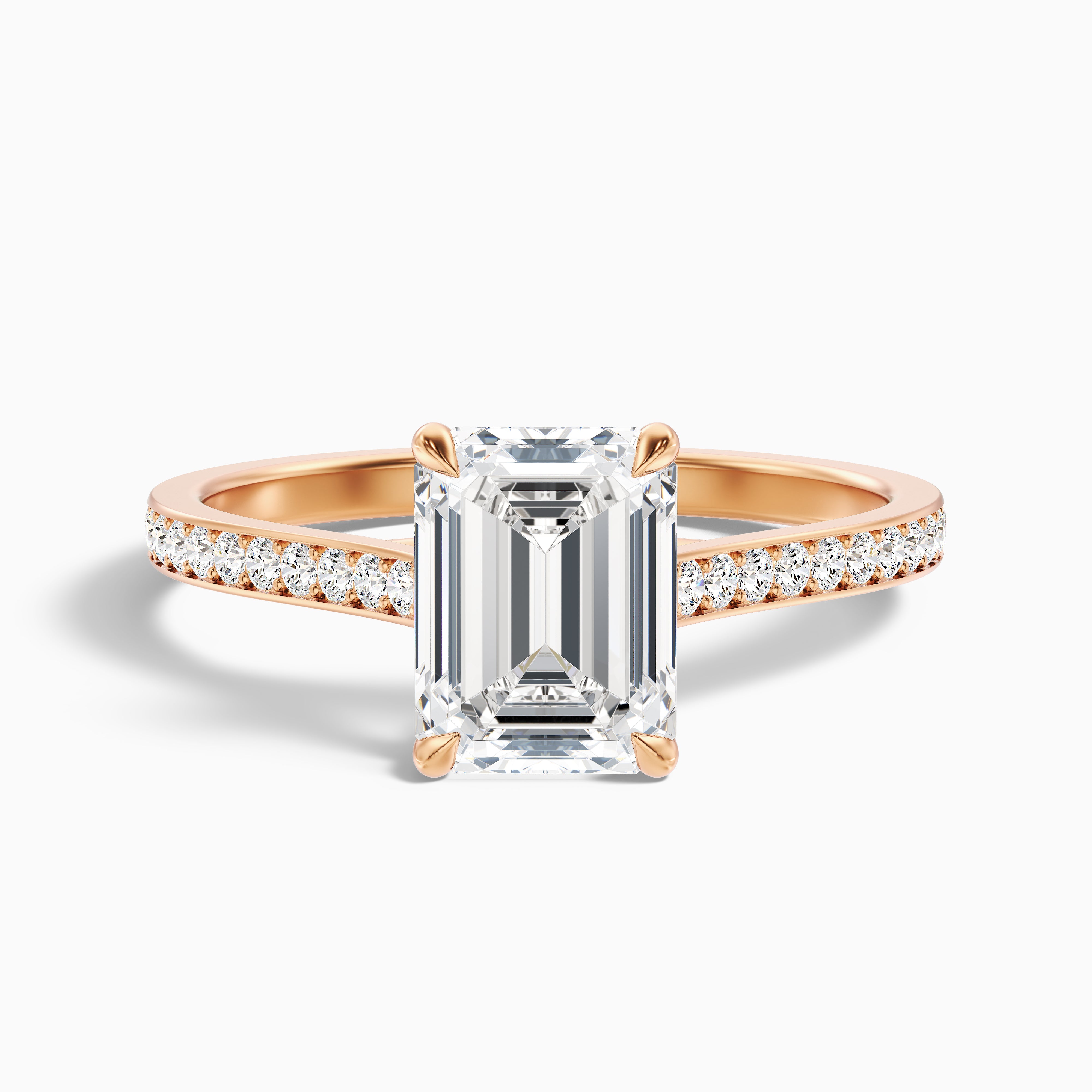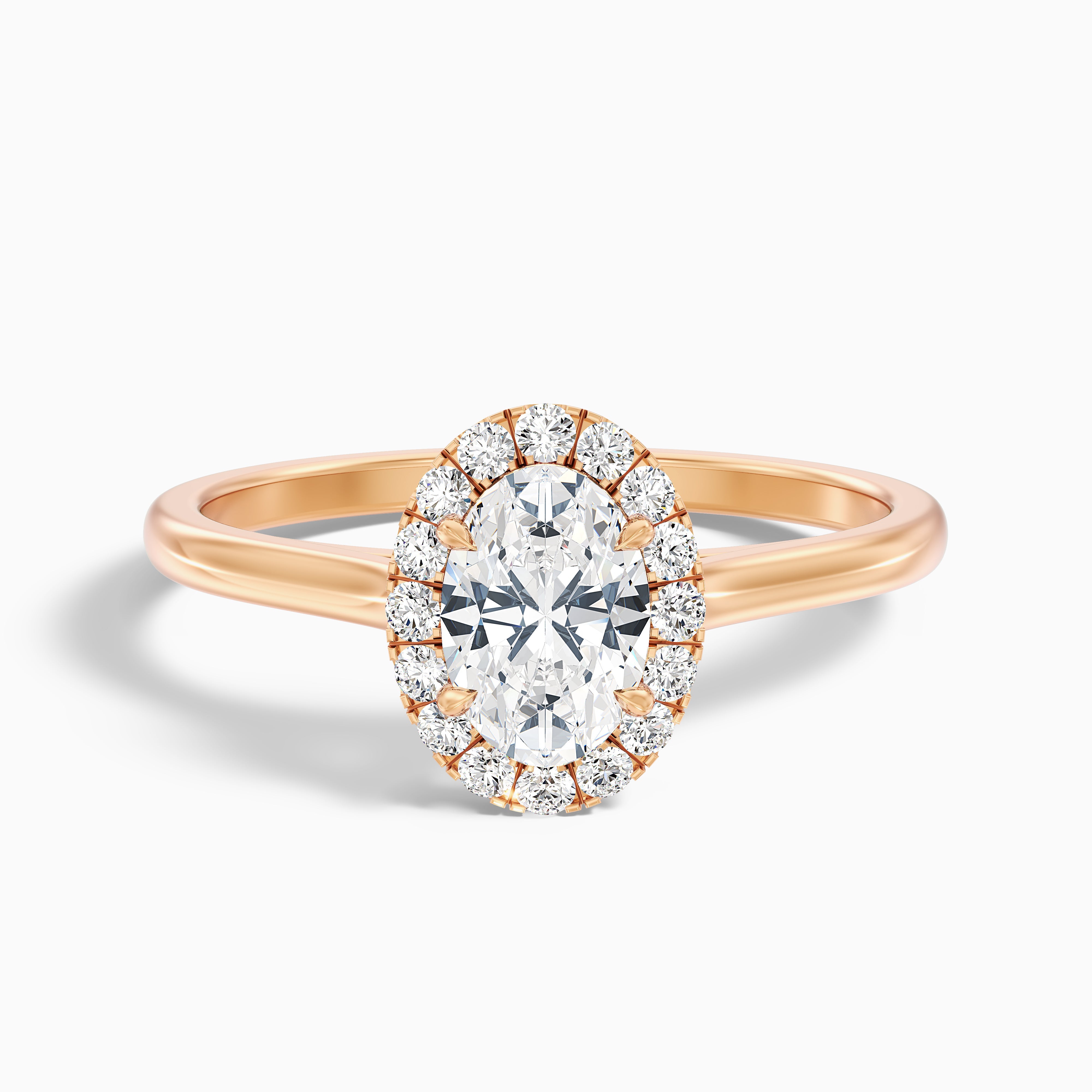Are lab grown diamonds a smart investment, or do they lose their sparkle over time? If you’ve been thinking about buying one, this is probably a question that’s crossed your mind. Over the past few years, lab grown diamonds have gained serious traction. They’re popping up everywhere from jewelry stores to online marketplaces and for good reason. People love them because they’re more affordable than mined diamonds, kinder to the planet, and free from the ethical baggage tied to traditional diamond mining.
But here’s the catch: while these stones are great for making a statement today, what happens if you decide to sell them later? Do they hold their value, or will you end up losing money? That’s exactly what we’re going to dig into in this post. We’ll explore whether lab grown diamonds have resale value, why they matter, and what factors come into play when trying to sell them.
Understanding Lab Grown Diamonds
So, what exactly are lab grown diamonds? These gems aren’t fake they’re real diamonds, just like the ones pulled out of the earth. The difference is how they’re made. Instead of forming deep underground over millions of years, lab grown diamonds are created in controlled environments using advanced technology.
There are two main methods used to grow them: High Pressure High Temperature (HPHT) and Chemical Vapor Deposition (CVD). Both processes mimic the natural conditions under which diamonds form but speed things up significantly.
When you compare lab grown diamonds to mined ones, it’s hard to tell them apart. They share the same chemical makeup, physical properties, and even sparkle. Only experts with specialized tools can distinguish between the two. So why do people choose lab grown diamonds? For starters, they’re usually much cheaper sometimes costing 40-60% less than mined diamonds.
Plus, they appeal to buyers who care about sustainability and ethics. Mining diamonds often involves environmental destruction and questionable labor practices, whereas lab grown options sidestep those issues entirely. And let’s not forget the modern allure of owning something cutting-edge and innovative.
The Concept of Resale Value
Before diving deeper into lab grown diamonds specifically, let’s talk about resale value in general. When you buy something expensive like a car, a piece of art, or a diamond you want to know whether it’ll still be worth something down the line. Resale value refers to how much you can expect to get back if you decide to sell the item later. It’s an important consideration because it affects whether your purchase was a good investment.
Several things influence resale value. First, there’s demand. If lots of people want what you’re selling, you’ll likely fetch a higher price. Rarity also plays a big role; scarce items tend to command better prices. Then there’s brand reputation if you’re selling a product from a well-known company, it might hold its value better. Finally, condition matters. A damaged or poorly maintained item won’t sell for as much as one that’s been kept in pristine shape.
Now, when it comes to diamonds, mined stones traditionally have stronger resale value than lab grown ones. Why? Because mined diamonds are seen as rare and timeless, while lab grown diamonds are still relatively new to the scene. But does that mean lab grown diamonds are worthless on the secondary market? Not necessarily. Let’s take a closer look at the current state of things.
Current State of Lab Grown Diamond Resale Market
The lab grown diamond market has exploded in recent years, thanks to advancements in production technology and growing consumer interest. However, this rapid growth has had some unintended consequences for resale value. Prices for lab grown diamonds have dropped sharply as supply increases. This trend makes sense when something becomes easier and cheaper to produce, its value tends to decline.
Selling lab grown diamonds isn’t always straightforward either. One major hurdle is the lack of infrastructure in the secondary market. Unlike mined diamonds, which have established channels for resale, lab grown stones don’t yet have a robust system in place.
Jewelers and pawnshops may hesitate to buy them, leaving sellers scrambling to find alternative buyers. Another issue is perception. Many consumers view lab grown diamonds as “less valuable” simply because they’re not natural. And with production costs falling steadily, some worry that their stones could depreciate quickly.
Industry experts echo these concerns. According to reports from gemologists and jewelers, the resale value of lab grown diamonds typically hovers around 20-30% of the original purchase price. Compare that to mined diamonds, which often retain closer to 50-70%. There’s a gap but understanding the reasons behind it can help set realistic expectations.
Factors Influencing the Resale Value of Lab Grown Diamonds
If you’re hoping to maximize the resale value of your lab grown diamond, several key factors come into play. First up is quality and certification. Just like with mined diamonds, the 4Cs—cut, color, clarity, and carat are crucial.
A high-quality stone with excellent ratings across all four categories will naturally be worth more. Certification from reputable organizations like the GIA (Gemological Institute of America) or the IGI (International Gemological Institute) adds another layer of credibility, reassuring potential buyers that your diamond is legit.
Brand and provenance matter too. If your diamond comes from a premium brand known for craftsmanship and reliability, it might fetch a better price. Custom designs or unique pieces can also stand out in the crowded resale market. On the flip side, generic or mass-produced stones might struggle to attract attention.
Condition and maintenance are equally important. Even the most stunning diamond can lose its luster if it’s scratched, chipped, or dirty. Proper care goes a long way toward preserving its appearance and, by extension, its value. Keeping detailed records like receipts, certificates, and appraisals can also boost confidence among prospective buyers.
Lastly, economic and market conditions play a role. Consumer preferences shift over time, and technological breakthroughs can impact both supply and pricing. Staying informed about these changes helps you make smarter decisions about when and where to sell.
Pros and Cons of Investing in Lab Grown Diamonds
Let’s weigh the pros and cons of investing in lab grown diamonds. On the plus side, they’re far more affordable upfront than mined diamonds. This affordability opens doors for people who might otherwise struggle to afford a diamond ring or necklace. Ethical and environmental considerations are another huge win. Lab grown diamonds eliminate the need for destructive mining practices and offer peace of mind for socially conscious shoppers. Younger generations, in particular, seem drawn to this modern approach to luxury.
However, there are downsides to consider. As we’ve already discussed, lab grown diamonds generally have lower resale value compared to mined ones. Their depreciation is partly driven by increasing supply as production ramps up, prices continue to fall. Additionally, they lack the long-term investment potential of mined diamonds, which are often passed down through generations as heirlooms.
Ultimately, whether lab grown diamonds are right for you depends on your priorities. If you value affordability, ethics, and sustainability, they’re a fantastic choice. But if you’re looking for a financial asset that appreciates over time, you might want to think twice.
Tips for Maximizing Resale Value
If you do decide to go ahead with a lab grown diamond, here are some tips to help you get the best possible price if you ever decide to sell:
1). Buy Certified Diamonds: Always opt for stones with credible certifications. This ensures transparency and builds trust with potential buyers.
2). Choose Reputable Brands: Stick with brands that have strong reputations and possibly offer buyback programs or warranties.
3). Maintain Documentation: Keep all paperwork related to your purchase, including receipts, certificates, and appraisals.
4). Stay Updated on Market Trends: Regularly research the evolving landscape of lab grown diamonds so you know when and where to sell.
5). Explore Alternative Markets: Don’t limit yourself to traditional outlets like pawnshops. Online platforms, auctions, and specialized buyers might offer better deals.
By following these steps, you can increase your chances of getting a fair price for your diamond.
Conclusion
In summary, lab grown diamonds are an exciting development in the world of jewelry. They’re affordable, ethical, and environmentally friendly but their resale value leaves something to be desired. By understanding the factors that affect their worth and taking steps to preserve it, you can make the most of your purchase.
While they may not be ideal for long-term investments, lab grown diamonds shine brightly as a practical and responsible choice for everyday wear. So, what do you think? Are they worth it for you? Share your thoughts in the comments below, or check out our other posts for more insights!






